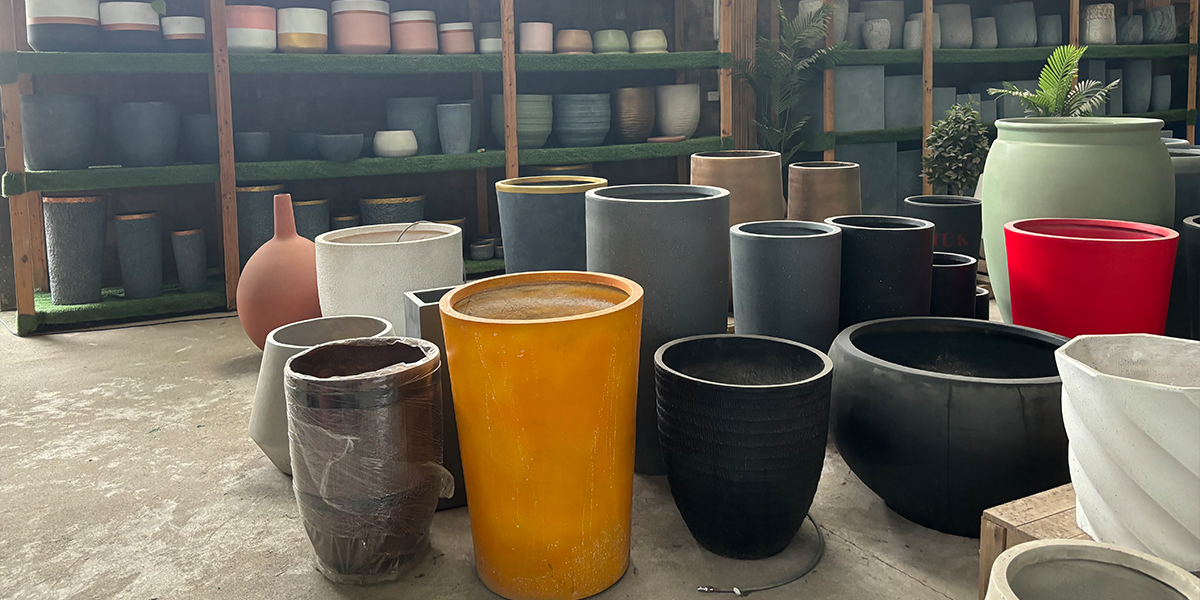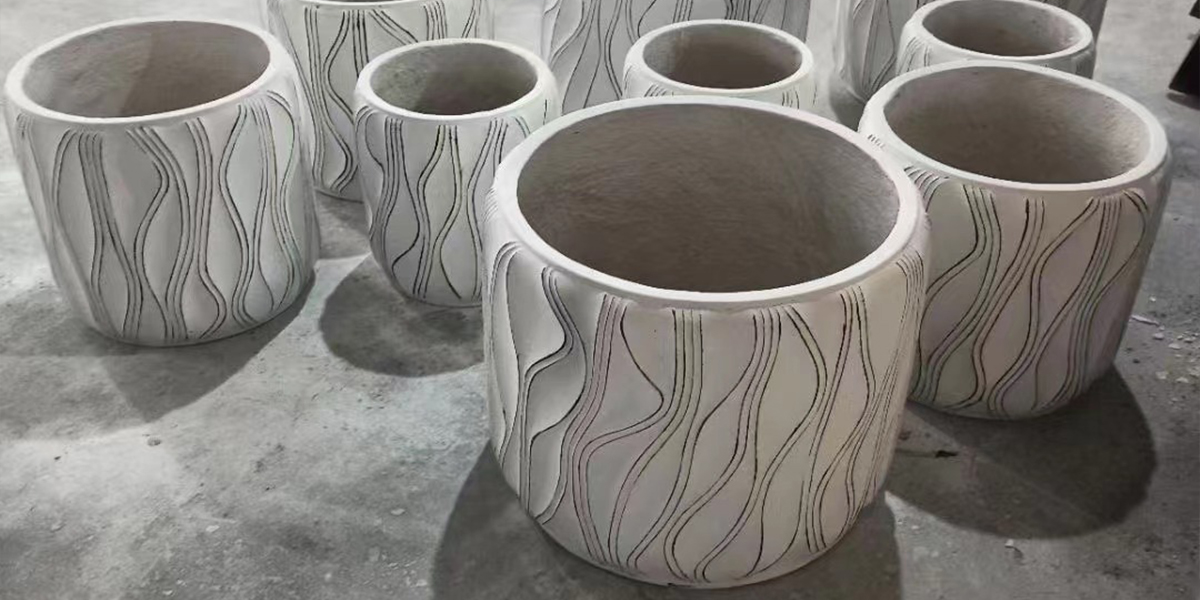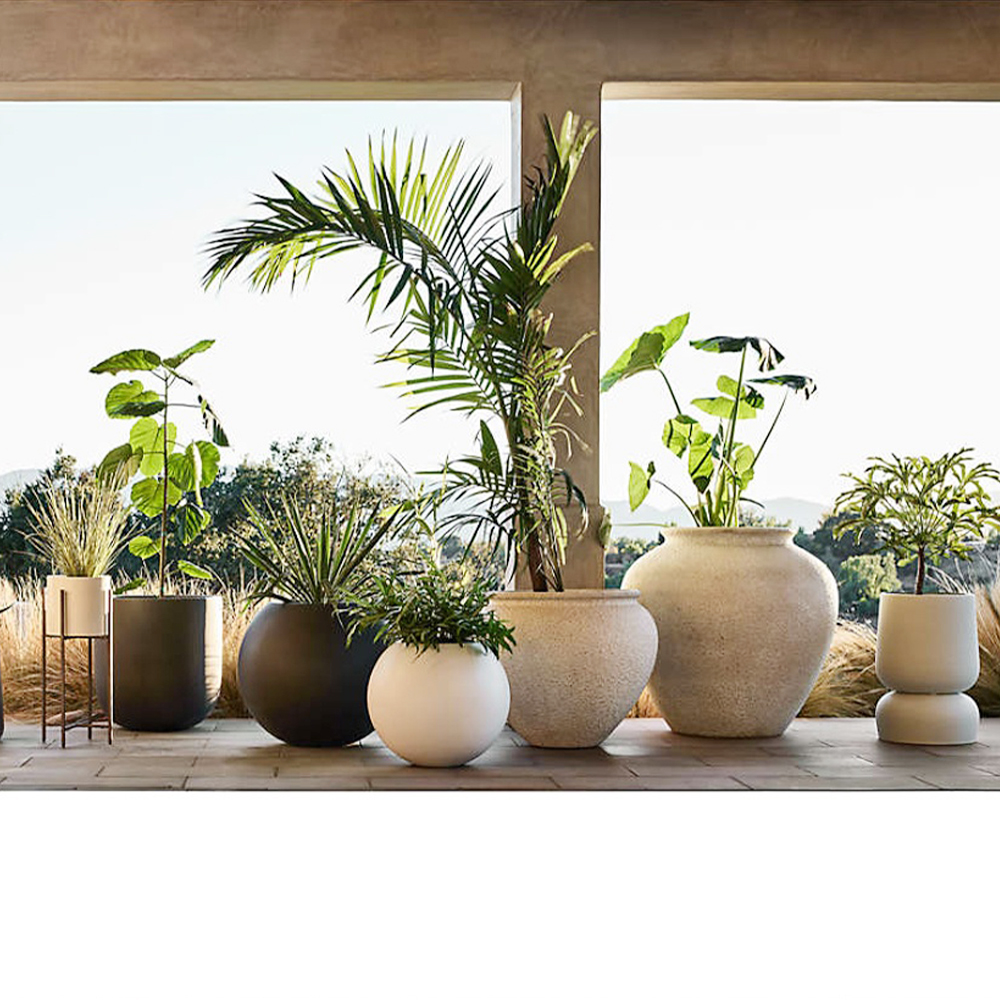Flower Pot Manufacturing Essentials The Secrets To Weatherproof Planters
As a flower pot manufacturer, you’re not just creating containers; you’re crafting homes for nature’s beauty, influencing plant health, and impacting garden aesthetics worldwide. At Kingmake Outdoor, while renowned for our aluminum and teak furniture, we also specialize in a dedicated line of versatile flower pots, designed for both indoor and robust outdoor use. Our planters are crafted primarily from GRC (Glassfibre Reinforced Concrete), making them exceptionally durable, strong, and resistant to extreme weather conditions.
This industry, which is often underestimated, thrives on a delicate balance of material science, design innovation, and market understanding. I remember my grandfather, a hobbyist gardener, always lamenting the lack of truly breathable pots—a small frustration that highlights a big market need. Today’s landscape for flower pot manufacturing is more dynamic than ever. From the ubiquitous plastic pots to artisanal ceramics, biodegradable options, smart planters, and innovative materials like the durable GRC (Glassfibre Reinforced Concrete) used in Kingmake's planters, the choices are vast. But with choice comes complexity: How do you stand out? How do you ensure profitability while meeting evolving consumer demands for sustainability and style? This article serves as your comprehensive guide. We’ll delve into the strategic pillars for success, dissect market trends, and equip you with actionable insights. Our goal is to help you cultivate a robust, resilient, and thriving manufacturing business in this blooming sector. Let’s dig in.

Frequently Asked Questions
FAQ 1: What are the most common materials used in flower pot manufacturing?
The most common materials for flower pots include plastic (polypropylene, polyethylene), GRC(glass fiber reinforced concrete), terracotta (fired clay), ceramic (glazed clay), and biodegradable options like coir, pulp, or bamboo fiber. Each material offers distinct characteristics in terms of durability, breathability, weight, and aesthetic appeal. Plastic pots are favored for their low cost and versatility, GRC Pots are really strong and durable to use outdoor, while terracotta is prized for its classic look and natural aeration. Ceramic pots provide decorative value, and biodegradable options cater to eco-conscious consumers.
Real Results: A manufacturer diversifying from 100% plastic to include 30% terracotta and 10% biodegradable pots saw a 25% increase in annual revenue within 2 years.
Takeaway: Diversify your material portfolio to cater to varied customer needs and market segments.

FAQ 2: How does material choice impact a flower pot’s functionality and cost?
Material choice profoundly affects a pot’s functionality through properties like drainage, breathability, and weight, directly influencing plant health, and also dictates manufacturing costs due to raw material expense and production complexity. For instance, porous terracotta allows roots to breathe, but its cost is higher than plastic, which retains moisture and heat more effectively, often at a lower price point. The durability and aesthetic finish of a material further influence its market value and potential applications. Manufacturers must balance these factors carefully.
Real Results: Switching from virgin plastic to 70% recycled plastic slashed a manufacturer’s material costs by 15% and improved its sustainability ratings, without compromising functionality for basic utility pots.
Takeaway: Select materials that align with your desired functionality, target price points, and environmental goals.
FAQ 3: What key certifications or standards are important for pot manufacturers?
The key certifications for flower pot manufacturers often include ISO 9001 for quality management and ISO 14001 for environmental management, alongside compliance with local regulations for material safety and product labeling. For biodegradable pots, certifications like ASTM D6400 or EN 13432 confirm compostability, boosting consumer trust and market access. Ensuring that material sourcing adheres to ethical and sustainable practices, even without formal certification, also gains significant value. Adherence to these standards demonstrates commitment to quality and responsible production.
Real Results: A company obtaining ISO 14001 certification reported a 10% reduction in operational waste and attracted 20% more eco-conscious wholesale buyers.
Takeaway: Pursue relevant certifications to validate your product’s quality and sustainability, and gain a competitive edge in the market.

FAQ 4: How can a new manufacturer identify its target market segment?
A new manufacturer can identify its target market by analyzing current gardening trends and competitor offerings and conducting preliminary market research, focusing on specific demographics, purchasing behaviors, and unmet needs. Consider whether your pots cater to hobby gardeners, professional landscapers, large nurseries, or niche eco-friendly consumers. Developing buyer personas based on factors like income level, design preference, and sustainability concerns provides clarity. Engaging with gardening communities or conducting surveys can offer invaluable direct feedback.
Real Results: A startup focused on high-end ceramic pots for urban dwellers saw 80% of its initial sales come from city garden centers and design boutiques after targeted market research.
Takeaway: Define your ideal customer early to tailor your product development and marketing efforts effectively.
FAQ 5: What are the essential steps for setting up an efficient flower pot production line?
Setting up an efficient flower pot production line requires meticulous planning, beginning with optimizing factory layout for smooth material flow and minimizing bottlenecks. This involves selecting appropriate machinery (e.g., injection molding, pottery wheels, and kilns), establishing robust quality control checkpoints at each stage, and standardizing operational procedures. Training staff thoroughly on equipment use and safety protocols is crucial for consistency. Regularly analyzing production data allows for continuous improvement and identifying areas for further optimization.
Real Results: Implementing lean manufacturing principles reduced production cycle time by 18% and decreased operational costs by 12% in the first year for a mid-sized plastic pot factory.
Takeaway: Streamline your production flow and invest in proper training to maximize efficiency and minimize waste.
From understanding material science with options like our durable GRC to navigating market trends and production efficiency, the journey of a flower pot manufacturer is multifaceted. We've explored how the right choices lead to thriving plants and a thriving business. Now, for your project, what shape of flower pot best suits your vision? Whether it's round, square, or another design, we are here to bring it to life. Contact us to discuss your needs.


